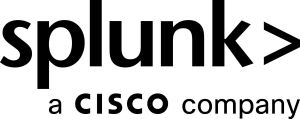Detecting usage of popular Linux post-exploitation tools
Tools that are focused on Linux post-exploitation efforts use similar commands. Many of these commands, seen in an isolated context, are not effective as single indicators of post-exploitation because they can be used for legitimate purposes by administrators. However, malicious actors often use these tools to search for opportunities to exploit Linux hosts. Among these tools are:
- Linpeas, used to search for possible paths to escalate privileges on Linux/Unix/MacOS hosts
- LinuxExploitSuggester, used to audit privilege escalation in Linux systems
- AutoSUID, used for harvesting of SUID executable files as a path to escalate privileges
Digging into the data deeper with Sysmon for Linux and looking at the different processes, services, and user-session information might indicate the use of these tools in the context of post-exploitation.
Data required
How to use Splunk software for this use case
Next steps
Results returned from these searches show hallmarks of checks made by these tools on Linux hosts in your environment. You should analyze these results further to identify whether they definitely show suspicious activity.
The content in this guide comes from a previously published blog, one of the thousands of Splunk resources available to help users succeed.

